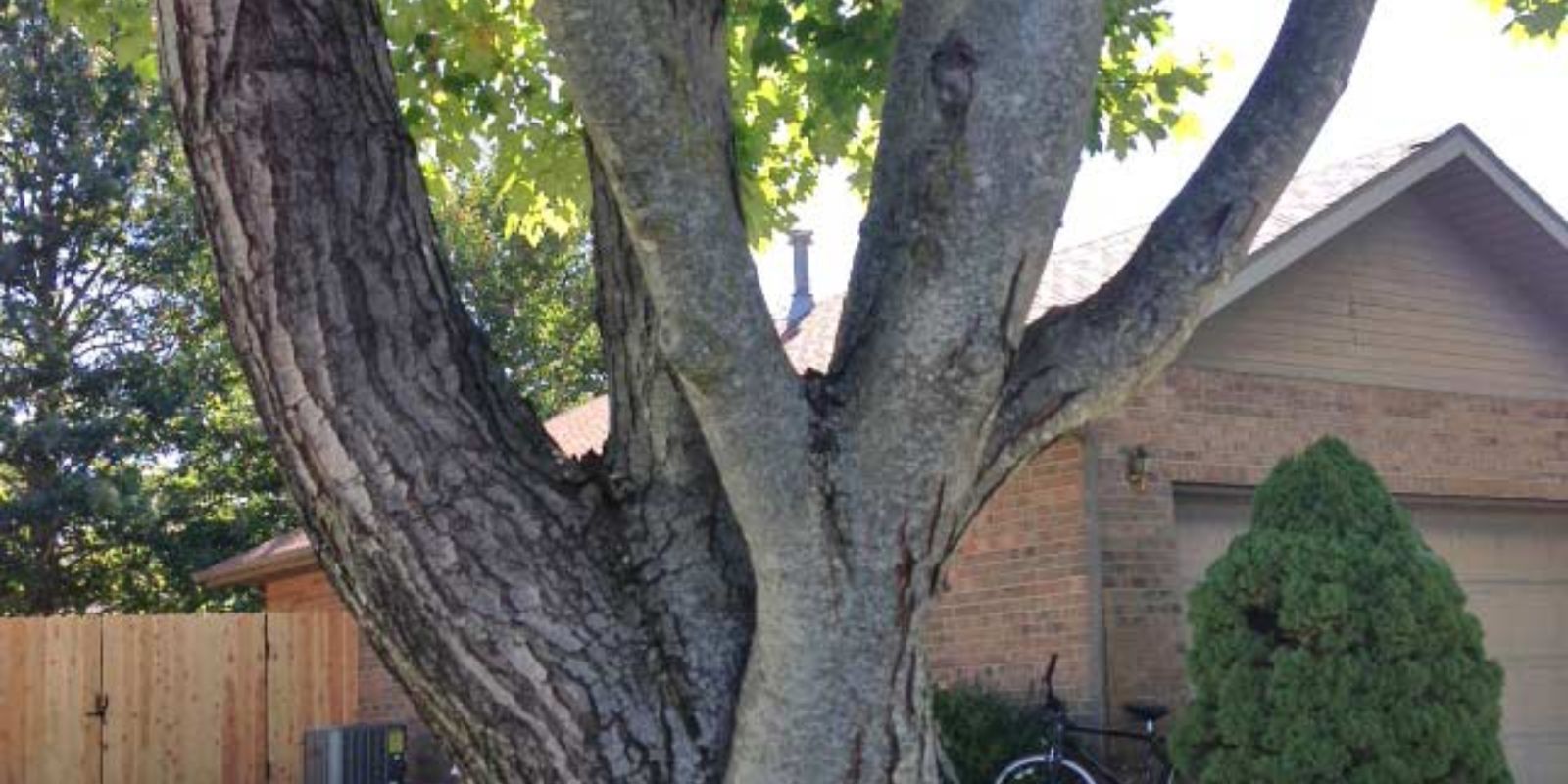Introduction
Maple trees are prized for their vibrant foliage and stunning fall colors, but to ensure they remain a beautiful and resilient feature in your landscape, regular pruning is essential. Pruning helps maintain a tree’s structural integrity, promotes healthy growth, and can prevent many common issues. This guide will walk you through the steps to prune your maple tree effectively, ensuring it remains strong, safe, and aesthetically pleasing.
Why Prune Maple Trees?
Pruning is crucial for several reasons:
- Health: Removing dead, diseased, or damaged branches prevents the spread of diseases and pests.
- Structure: Proper pruning helps develop a strong structure, reducing the risk of branch breakage.
- Growth: Encourages healthy growth by eliminating competing branches and improving air circulation.
- Aesthetics: Shapes the tree, enhancing its natural beauty and integrating it harmoniously into your landscape.
When to Prune
Timing is critical for effective pruning:
- Late Winter to Early Spring: This is the ideal period to prune maple trees, just before the start of new growth. During this time, the tree is dormant, which minimizes stress and allows it to heal quickly. Avoid pruning in the summer, as it can stimulate new growth that may be damaged by heat or pests.
Tools You’ll Need
Having the right tools makes the job easier and ensures clean cuts:
- Pruning Shears: For small branches up to ¾ inch in diameter.
- Loppers: For branches up to 2 inches in diameter.
- Pruning Saw: For larger branches.
- Pole Pruner: For high branches, if necessary.
- Disinfectant: To clean tools before and after use, preventing disease spread.
Steps for Pruning Maple Trees
- Preparation:
- Assess the Tree: Before you begin, take a good look at the tree from different angles. Identify branches that need to be removed, paying attention to those that are dead, diseased, or crossing.
- Remove Dead or Diseased Wood:
- Identification: Look for branches that are brittle, discolored, or show signs of disease such as fungal growth or sap leakage.
- Cutting: Use clean, sharp tools to make cuts close to the branch collar, the swollen area where the branch meets the trunk. Avoid leaving stubs, which can lead to decay.
- Thin Out Crowded Branches:
- Assessment: Identify branches that are overcrowded or rubbing against each other. This competition for resources can weaken the tree and make it more susceptible to diseases.
- Selective Pruning: Remove some of these branches to open up the canopy. This improves air circulation and sunlight penetration, promoting healthier growth and reducing the risk of fungal infections.
- Shape the Tree:
- Natural Form: Aim to maintain the tree’s natural shape while removing excess growth. This helps preserve its aesthetic appeal and ensures it fits well within your landscape.
- Avoid Over-Pruning: Don’t remove more than 25% of the tree’s canopy in a single year. Over-pruning can stress the tree and lead to poor recovery.
- Address Weak or V-Shaped Branches:
- Identification: Look for branches with weak angles or V-shaped crotches. These branches are more likely to break under the weight of the tree’s foliage or during storms.
- Removal: Cut these branches back to a stronger lateral branch or remove them entirely to improve the tree’s overall strength and stability.
- Step Back and Assess:
- Evaluation: Periodically step back and view the tree from a distance. This helps you ensure the tree’s shape remains balanced and that your pruning efforts are achieving the desired result.
- Adjustments: Make any necessary adjustments to ensure that the tree’s structure is uniform and aesthetically pleasing.
Post-Pruning Care
After pruning, take some steps to help your maple tree recover and thrive:
- Watering: Ensure the tree receives adequate water, especially during dry periods. Pruned trees may need extra moisture to support new growth.
- Mulching: Apply a layer of mulch around the base of the tree to retain moisture and regulate soil temperature. Avoid placing mulch directly against the trunk to prevent rot.
- Monitoring: Keep an eye on the tree for signs of stress or disease. Look out for unusual growth patterns, discoloration, or pest infestations.
Conclusion
Pruning maple trees is more than just a maintenance task; it’s an investment in the long-term health and beauty of your tree. By following these steps, you’ll not only enhance your tree’s structural integrity but also ensure it remains a stunning feature in your garden for years to come. Embrace the process, and enjoy the satisfaction of nurturing a healthy, vibrant maple tree!
Motivation
Proper pruning is key to unlocking your maple tree’s full potential. By mastering these techniques, you’ll contribute to its health, safety, and visual appeal, making your garden a more beautiful and enjoyable space. Start pruning today and watch your maple tree flourish like never before!

